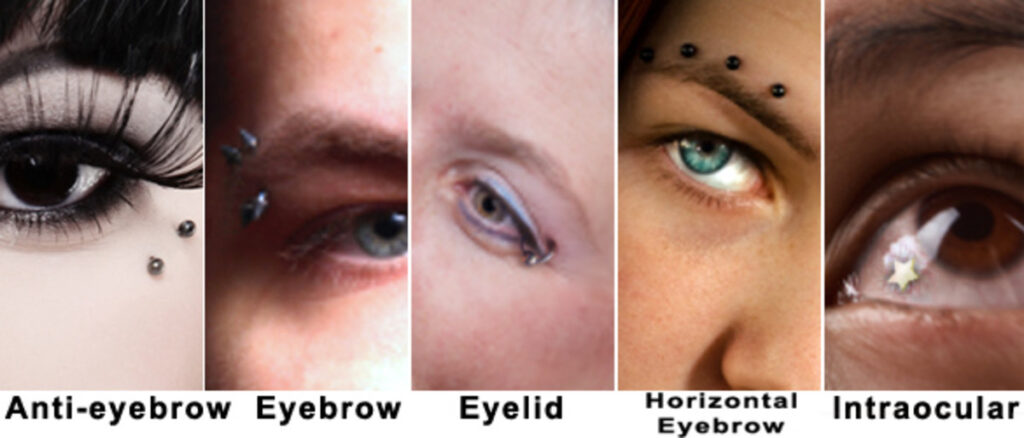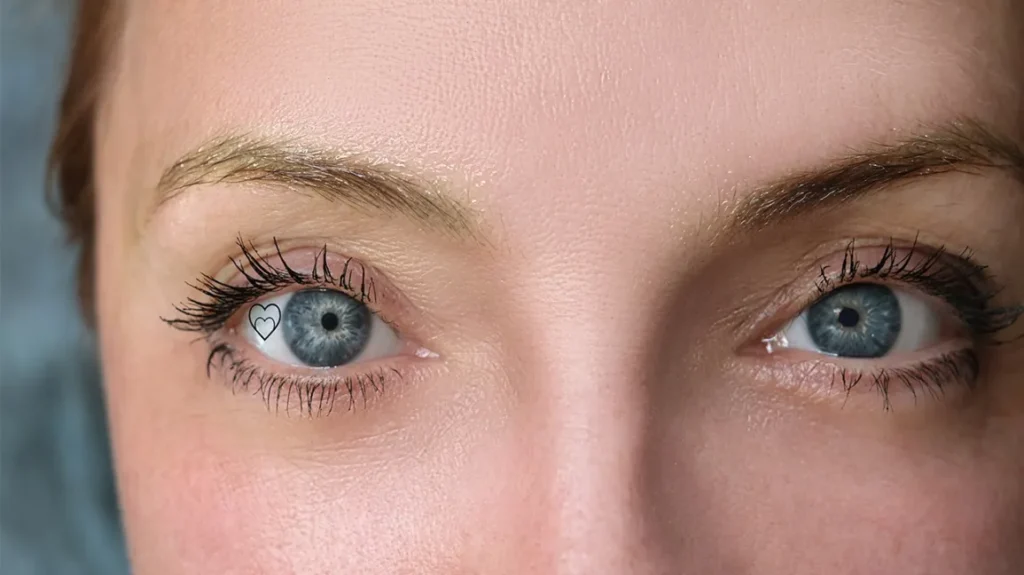Most people consider where they would like to get pierced before obtaining one. There are many alternatives because you can wear jewelry on almost any part of your body, including your teeth.
But did you realize that you may pierce your eyeballs as well?
Yet, since they were developed at the Netherlands Institute for Innovative Ocular Surgery in the early 2000s, eyeball piercings have become more popular than other body piercings.

Eyeball piercings are not performed in the same way as traditional body piercings, which employ needles or piercing guns.
Extraocular implants, also referred to as eyeball piercings, involve surgically inserting jewelry just behind the translucent layer of your eye’s white.
It’s critical to remember that this is a cosmetic operation with significant hazards. Most ophthalmologists will not conduct this kind of surgery and strongly advise against it.
What it appears to be:

A tiny shape, such as a heart, star, or diamond, can be pierced into the white of your eye. The jewelry is composed of a platinum alloy and is quite small, measuring only a few millimeters in width.
The surgery is performed by eye surgeons who are familiar with working with eyeball jewelry and the tools required to implant it.
An intraocular implant is a comparable but more involved surgery. The entire artificial iris, which is the coloured portion of your eye, is implanted during this procedure on top of your original iris beneath the transparent layer at the top of your eye. After the surgery, your eyes will have a distinct color.
This method was initially created to alter the eye color of persons who had abnormally grown irises or who had sustained eye injuries.
Yet, more people are requesting intraocular implants today for purely cosmetic reasons.
How does it work?
Eyeball piercings are rarely offered by ophthalmologists. Due to the significant risk involved, performing these treatments may not be permitted in some jurisdictions.
Even though it is permitted where they practice, not all eye doctors are comfortable doing this difficult procedure. To prevent what might sometimes be very serious problems, the surgery needs to be performed with absolute precision and specialist equipment.
The general process is as follows:
- You go through preoperative testing to ensure that your eye health and function are perfect and that you are qualified to have surgery.
- You decide on the jewelry’s style and placement.
- Your eyes will be injected with anesthesia to make them numb so you won’t feel pain.
- You might be given nitrous oxide, a different kind of anesthesia (also called laughing gas).
- You might be given sedative medication, such as Valium.
- In order to prevent movement throughout the process, a speculum will be used to hold your eyelids open.
- Your surgeon creates a pocket by making a tiny cut between the translucent layer covering the white of your eye (the conjunctiva) and the sclera (the white of your eye).
- The newly created pocket in your eye is filled with jewelry.
Because the jewelry’s incision is so small, your eye can heal without the use of stitches or sealing.





